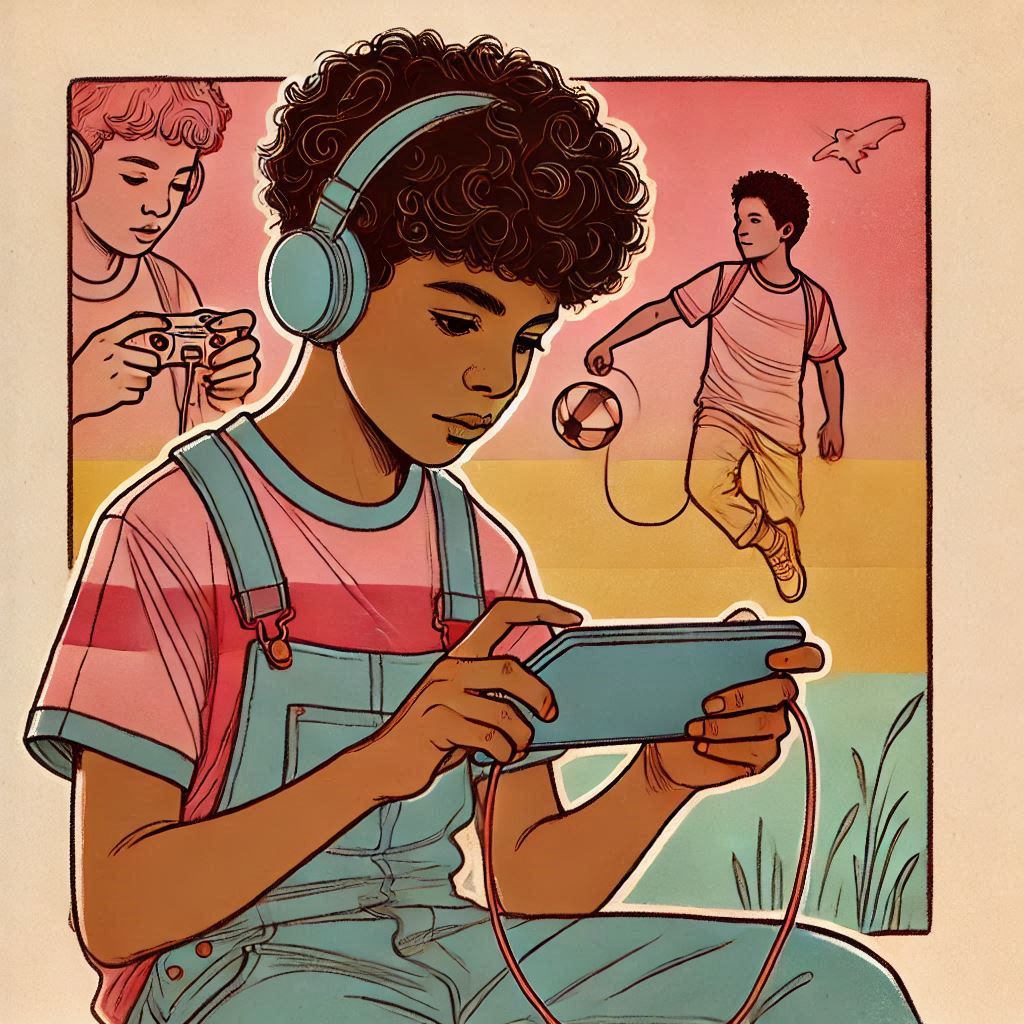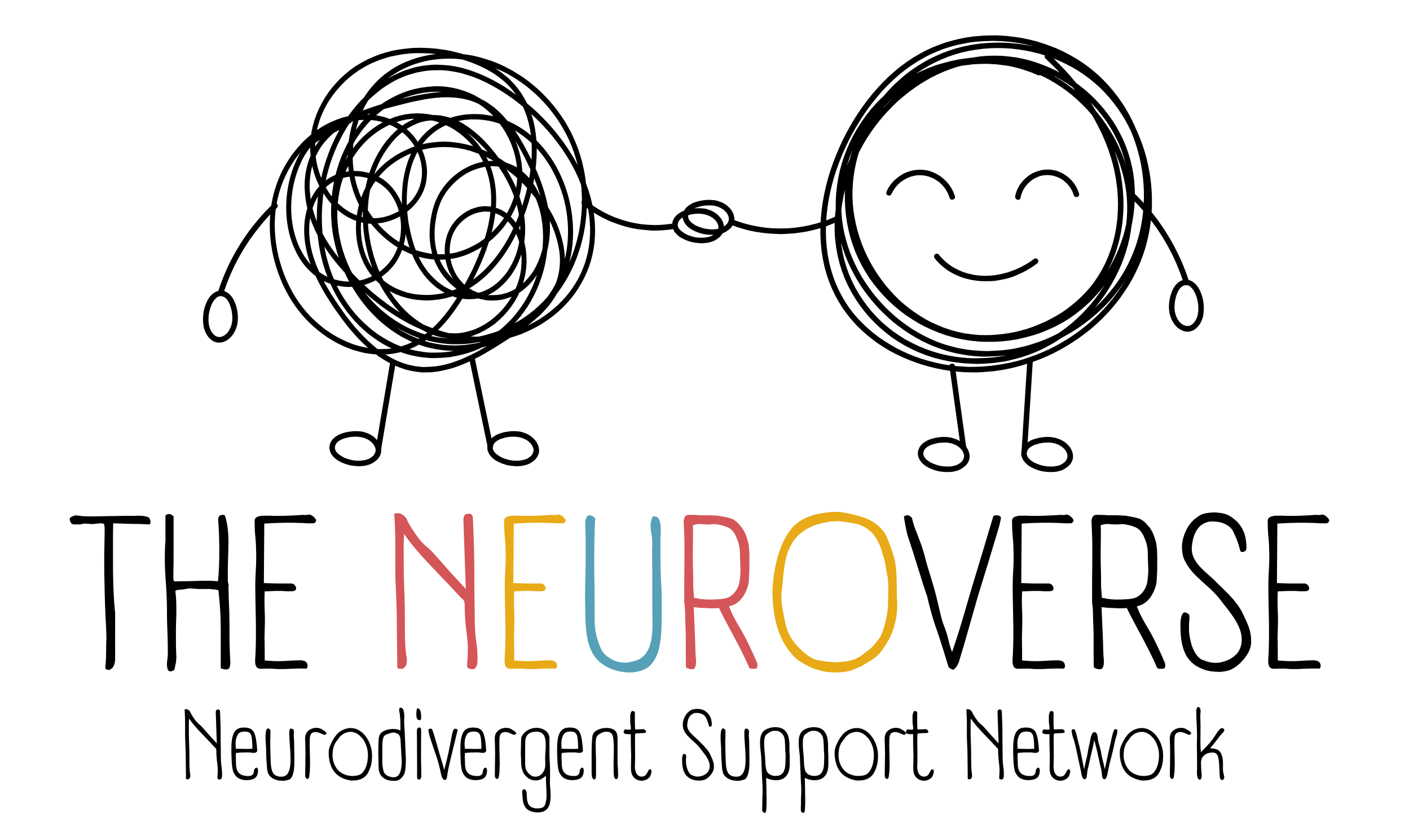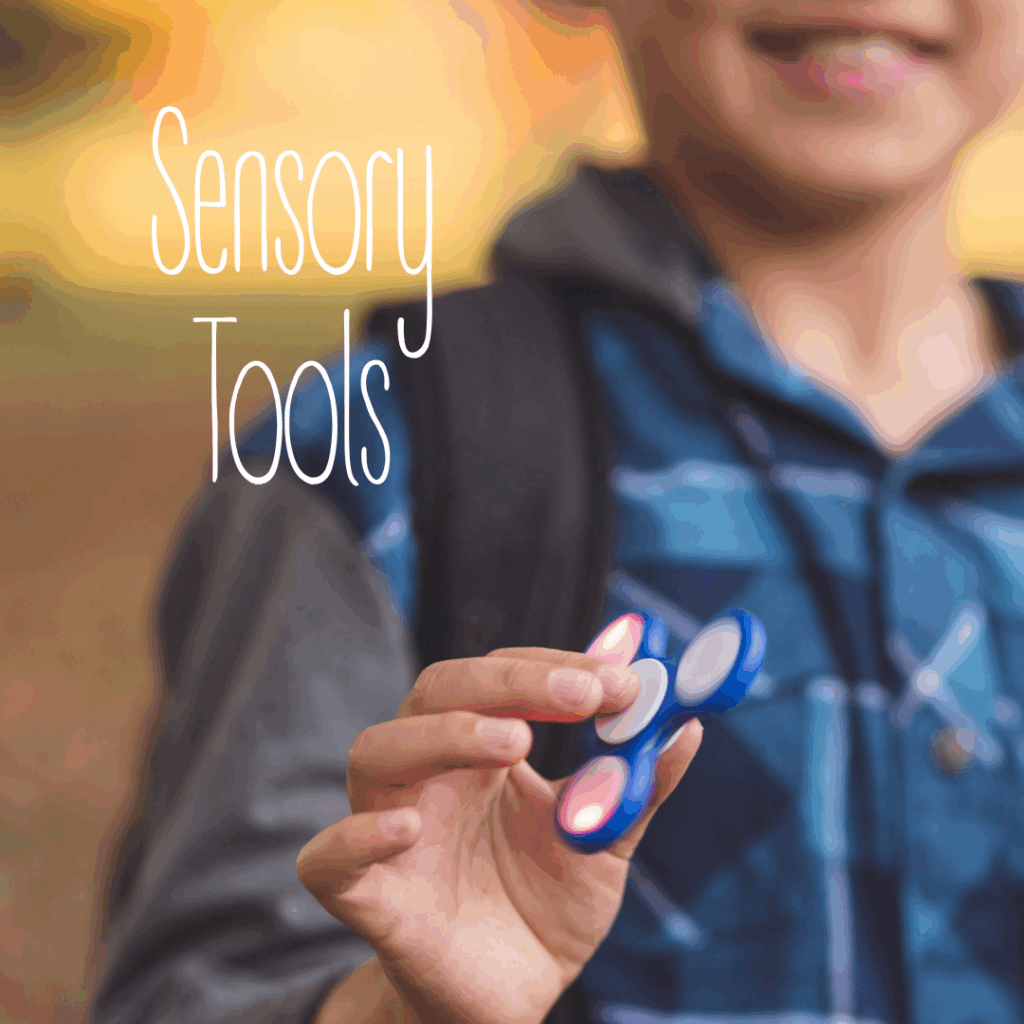The Screen Time Debate: Beyond Bans and Limits

Rethinking the Screen Time Debate: Beyond Bans and Limits
The conversation around screen time often feels like an echo chamber, with the same warnings and prescriptive limits repeated over and over: “No more than two hours a day!” “Screens are harmful!”. But this approach oversimplifies the complex realities of parenting neurodivergent kids. What if, instead of focusing solely on restriction, we reframed the debate to explore how screens can work with our children’s needs—not against them?
Here’s a fresh take on the screen time conversation, offering a perspective that acknowledges the unique experiences of neurodivergent kids and their families.
Screens as Bridges, Not Barriers
For neurodivergent kids, screens can provide a vital connection to the world—a bridge between their interests, skills, and social connections. Instead of asking, “How do we reduce screen time?” ask, “How can we harness the benefits of screen time to build meaningful growth?”
Imagine a child who struggles with face-to-face social interactions but thrives in online gaming communities. Should we force them to abandon the screen for awkward in-person interactions, or can we guide them to build confidence through their online connections and gradually apply those skills offline? The goal isn’t to replace one form of connection with another but to use screens as a stepping stone toward broader opportunities.
Questioning the “Perfect Balance”
The phrase “balance is key” has become a cliché in parenting advice. But what does balance look like for neurodivergent kids? A child with ADHD might need frequent bursts of screen time to regulate their focus and energy throughout the day. A child with autism might use screen-based routines to manage sensory overload. Balance isn’t about rigidly dividing time between screens and other activities—it’s about recognising your child’s individual needs and working with them.
What if the “perfect balance” isn’t a fixed formula but a dynamic process? Balance for one child might mean an hour of screen-free outdoor play followed by a calming session of gaming. For another, it could mean alternating screen time with sensory activities like building with Lego or using a weighted blanket. Let balance be flexible, not forced.
Socialising Redefined
The idea that screen time isolates kids assumes that social interaction must happen face-to-face to be meaningful. This simply isn’t true for many neurodivergent kids. Gaming with friends online, sharing memes, or participating in text-based group chats can offer genuine connection and a sense of belonging.
The key isn’t to push neurodivergent kids into neurotypical forms of socialising but to support the forms of connection that feel authentic to them. For some kids, this might mean helping them use social apps safely or encouraging them to pursue collaborative creative projects like digital art or storytelling.
Transitions Are a Skill, Not a Screen Problem
Much of the frustration around screen time stems from the difficulty of transitioning to other activities. But instead of framing this as a “screen issue,” let’s view it as an opportunity to build a critical life skill. Transitions are hard for neurodivergent kids because they involve abrupt changes in focus, routine, or environment—challenges that screens merely highlight, not create.
Rather than avoiding screens to sidestep transition battles, use screen time as a tool for teaching transitions. Try setting timers that signal when a session will end, or use a fun, screen-related countdown like, “One more level, then we’ll switch to building Lego.” Transitions don’t have to be abrupt; they can be gradual and even playful.
The Real Conversation Isn’t About Screens
Here’s the crux of the matter: the debate about screen time is rarely just about screens. It’s about our fears as parents—fears of disconnection, wasted potential, or losing control. When we shift the focus from limiting screens to understanding how our kids use them, the conversation becomes less about “good” or “bad” and more about what screens mean to our children.
For a child who spends hours perfecting a Minecraft build, screens might mean creativity and focus. For another who loves scrolling through TikTok, they might mean escapism or seeking understanding from relatable content. Instead of fighting the screen, ask: What is my child seeking here? And how can I support them in finding it through healthy, diverse outlets?
Parenting in the Real World
Parenting neurodivergent kids isn’t about following prescriptive advice—it’s about trial, error, and compassion. The truth is, there are no one-size-fits-all answers. Screens aren’t inherently good or bad; they’re tools, and how we use them matters far more than how long we use them.
So, let’s move beyond tired debates and focus on what really counts: understanding our kids, supporting their needs, and creating an environment where they can thrive—on screens and off. The question isn’t, How do we limit screen time? It’s, How do we use screen time to empower and connect with our kids in ways that matter?
Final Thoughts
Screen time isn’t the villain it’s often made out to be. For neurodivergent kids, it can be a source of connection, regulation, and growth—when approached with intention and flexibility. The goal isn’t to cut screens out of their lives but to integrate them thoughtfully, recognising their unique role in helping our children navigate a complex world. Parenting is about creating opportunities for your child to feel understood, supported, and capable. Sometimes, those opportunities come through screens—and that’s okay.
Disclaimer: Ensuring Screen Safety for Our Kids
While screens can offer incredible opportunities for connection and growth, ensuring our children’s safety online is crucial. The internet is vast, and not all spaces are safe for kids. As parents, we must remain vigilant, taking precautions to protect our children from harmful content, cyberbullying, and inappropriate interactions.
Screen safety apps can play a critical role in creating a secure digital environment. Apps like Qustodio, Bark, and Google Family Link offer tools to monitor screen use, set time limits, filter content, and receive alerts for concerning activity.
Both Apple Screen Time (built into iOS devices) and Family Link by Google (for Android devices) allow parents to track usage and manage settings remotely. By using these tools and having open conversations about online safety, we can ensure that screen time remains a positive and secure experience for our kids.
Screen safety extends beyond phones and tablets—it’s essential to secure all devices your child uses, including Xbox, PlayStation, Nintendo Switch, and smart TVs. These platforms often have built-in parental controls that allow you to restrict content, manage screen time, and monitor interactions.
For gaming consoles:
- Xbox: Use the Microsoft Family Settings app to manage screen time, set age-appropriate content restrictions, and monitor who your child interacts with online.
- PlayStation: The PlayStation Parental Controls allow you to limit spending, restrict communication with other players, and filter content based on age ratings.
- Nintendo Switch: The Nintendo Switch Parental Controls app lets you set playtime limits, view activity reports, and block certain games or features.
For smart TVs:
- Most TVs, like Samsung, LG, or those with Android TV, offer parental controls that can filter age-appropriate content, restrict access to specific apps, and block certain channels. You can also use third-party apps like Net Nanny to monitor connected devices.
Take the time to configure these settings and regularly review them as your child grows. Combining these technical safeguards with ongoing conversations about responsible screen use will help ensure a safe, enjoyable experience across all devices.



Leave a Reply